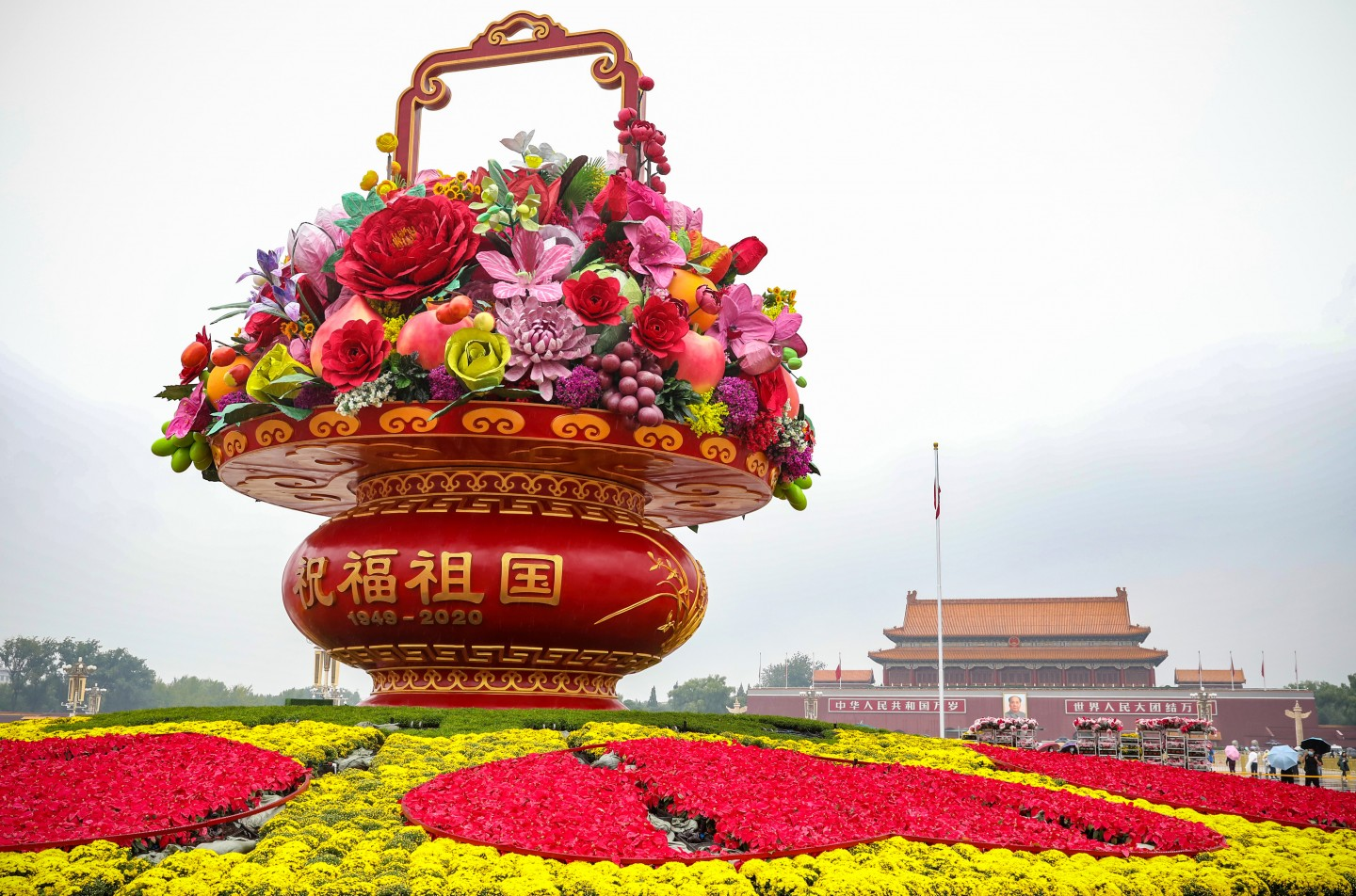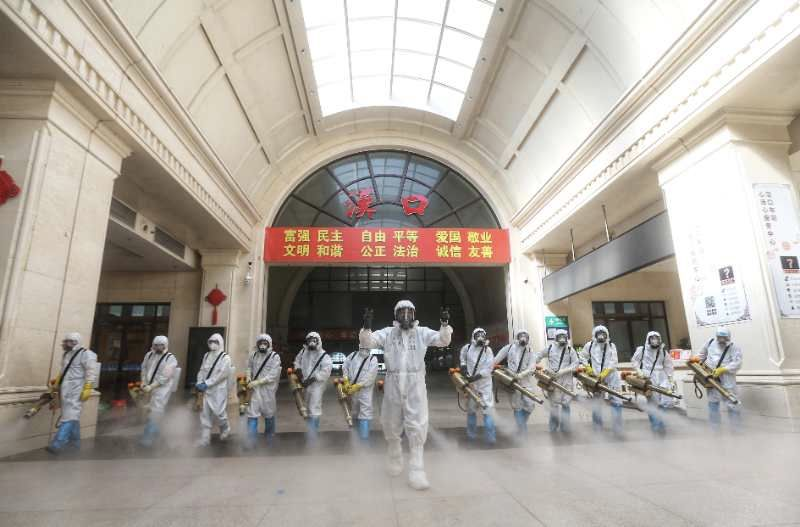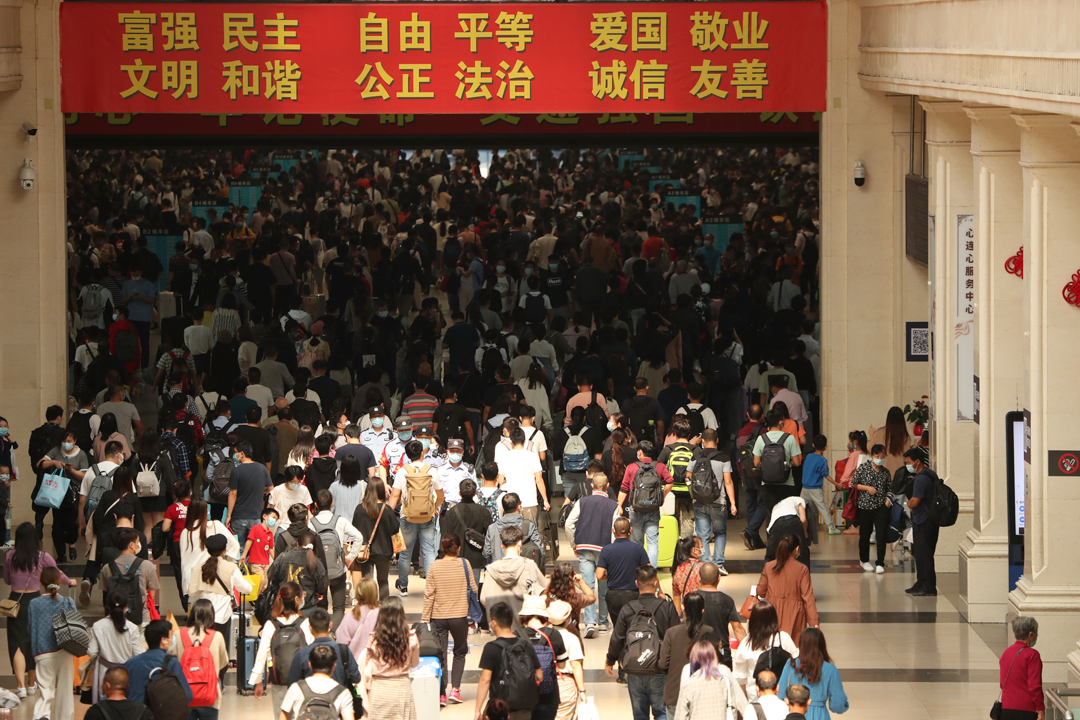 Giant Flower Busket in Fron of Tiananmen Square, Celebrating China’s National Day
Giant Flower Busket in Fron of Tiananmen Square, Celebrating China’s National Day
This year, the Chinese Golden Week lined up with the Mid-Autumn Festival and became an eight-day holiday, from October 1 to October 8. It was the first long holiday after the Chinese government lifted most domestic travel restrictions put in place to control the coronavirus.
Traditionally, the Mid-Autumn Festival is a holiday for family reunions. The first lockdown order in Wuhan began on January 23, two days before the Chinese New Year.
People couldn’t go back home due to various travel restrictions and self-precautions. After a long wait, people now have reasons to travel again, whether for family visits or recreation.
According to the Ministry of Culture and Tourism, 637 million domestic tourists traveled during Golden Week this year. While this was a 21% decrease from the same period in 2019, it was certainly more than at the height of the pandemic.
The overall tourism revenue achieved 466.56 billion RMB, 69.9% of the revenue gained last year. What do these numbers mean? Perhaps these photos tell a better story:
 Sanitizing Hankou Train Station, March 21, 2020
Sanitizing Hankou Train Station, March 21, 2020
 Hankou Train Station, September 30, 2020
Hankou Train Station, September 30, 2020
 Nanjing Road in Shanghai, February 1, 2020
Nanjing Road in Shanghai, February 1, 2020
 Confucius Temple in Lockdown, Nanjing
Confucius Temple in Lockdown, Nanjing
 Confucius Temple in Golden Week, One of the Top Ten Most Popular Tourist Attractions Around the Country
Confucius Temple in Golden Week, One of the Top Ten Most Popular Tourist Attractions Around the Country
Places that had been empty in February and March are now full again. During Golden Week, train stations and airports went back to their normal busy schedules. There were even traffic jams on highways.
One of the funny holiday trends on Weibo was #回家的月饼堵路上吃完了 (Huí jiā de yuèbǐng dǔ lùshàng chī wánliǎo), which means “Finished all the mooncakes for my family while being stuck in traffic jams on the way back home.”
It’s a blessing for Chinese people to connect with the real world again. Although people might complain about how crowded it was, they do it cheerfully.
The packed tourist sites are meaningful signs of a country getting back on its feet. The rebound of the travel industry has no doubt given people confidence in China’s economic recovery.




0 Comments